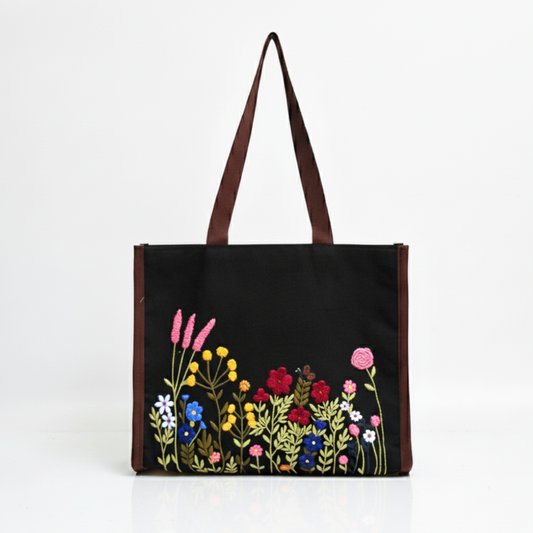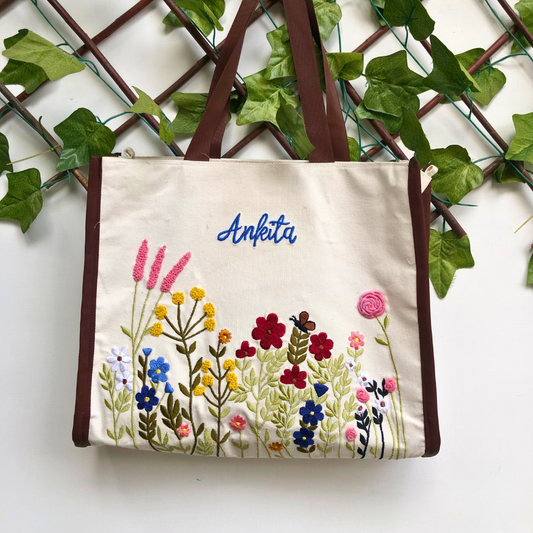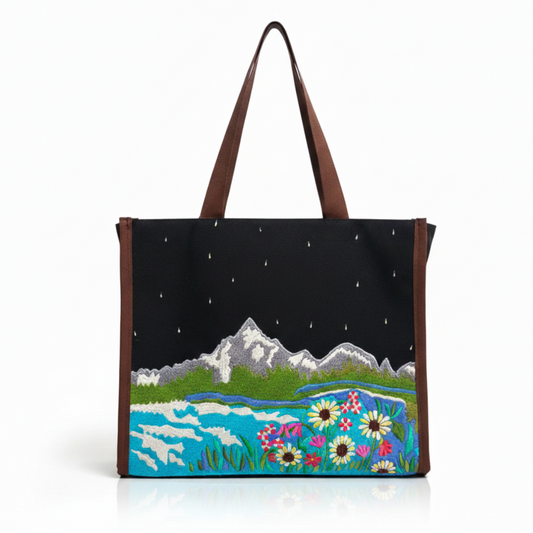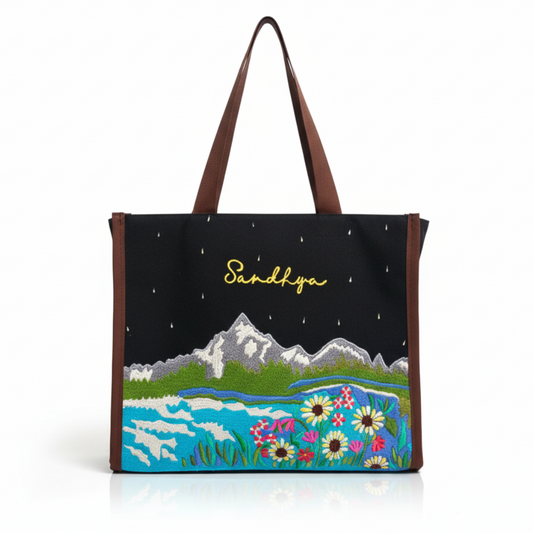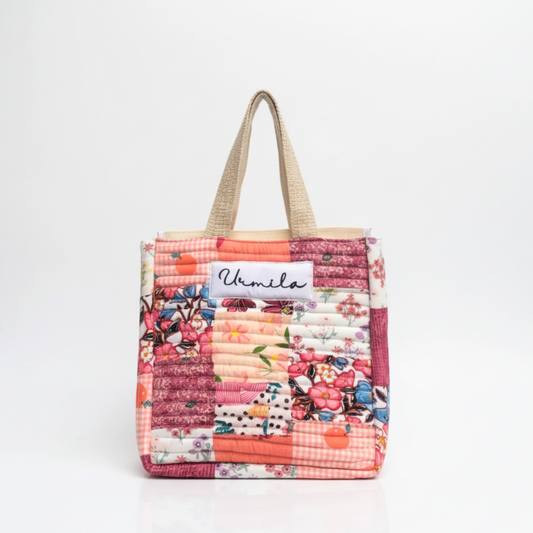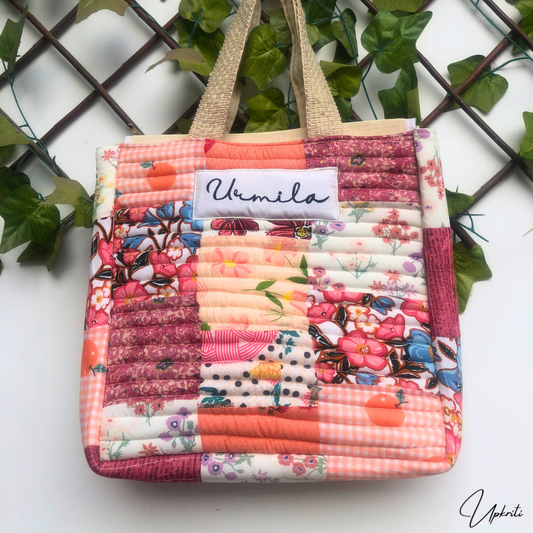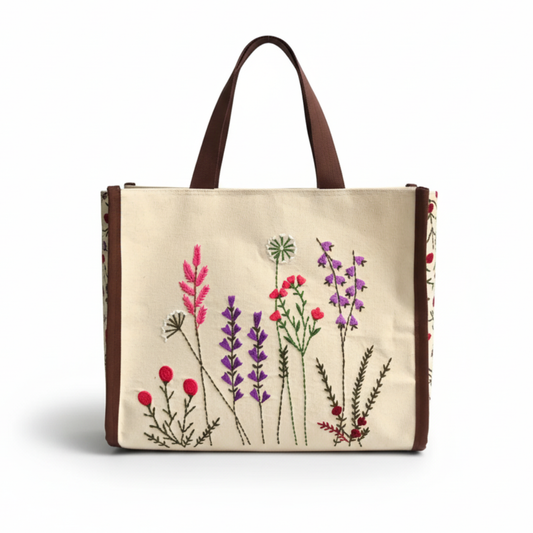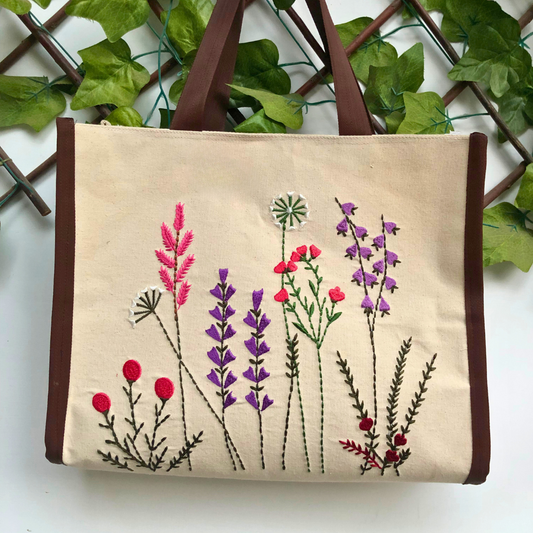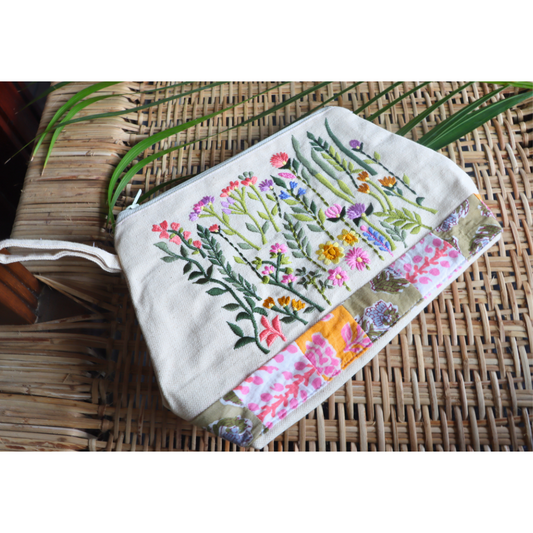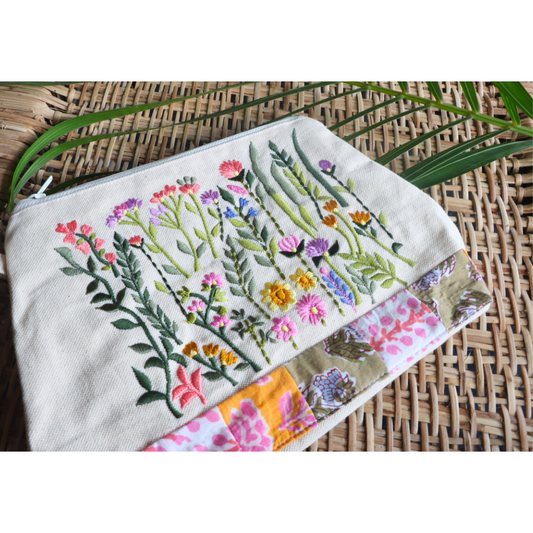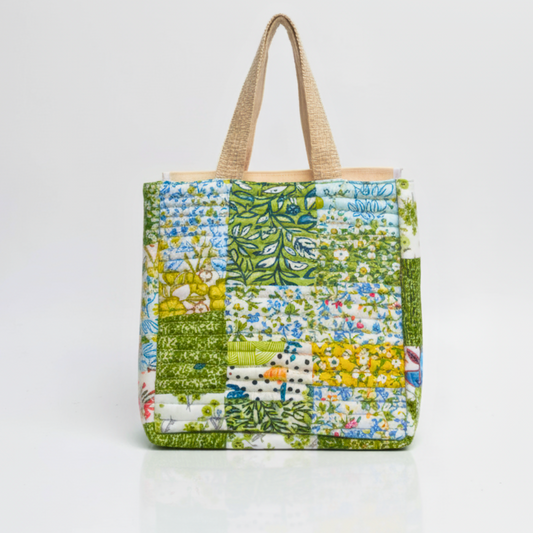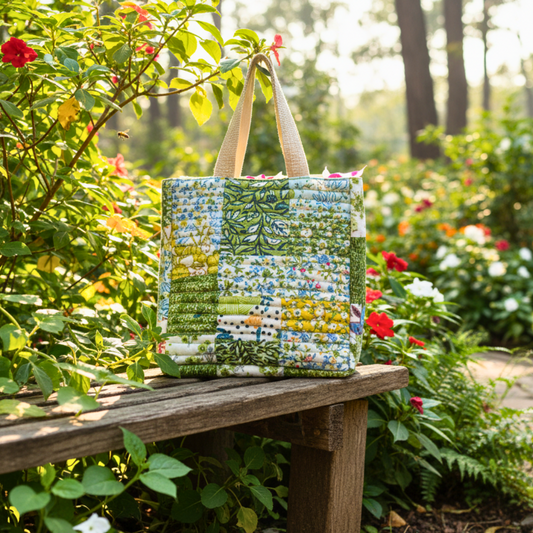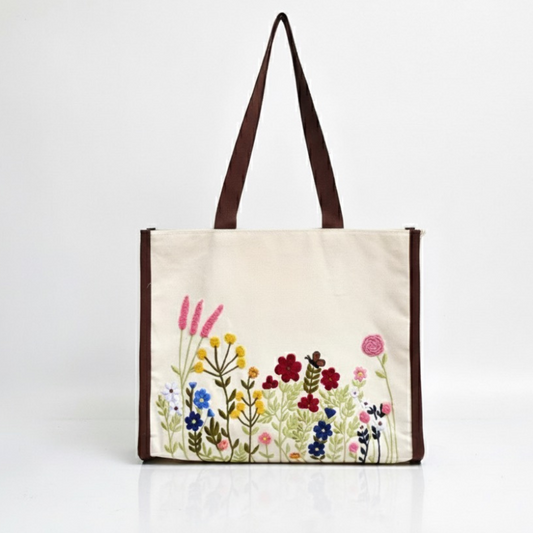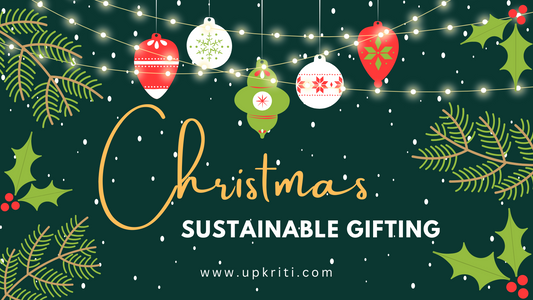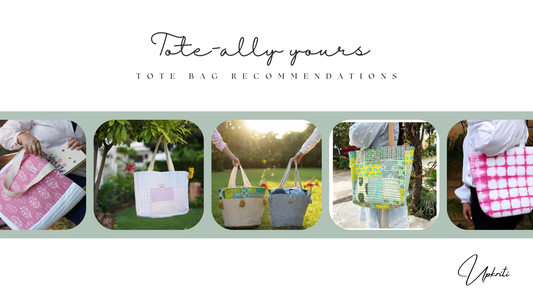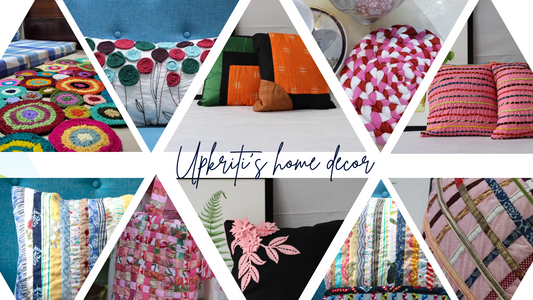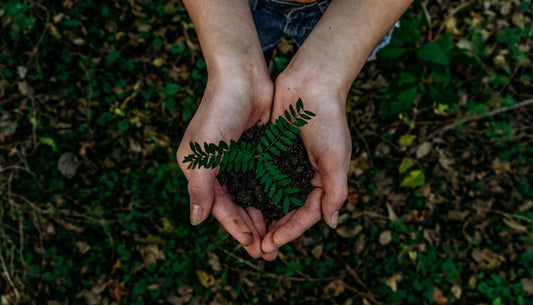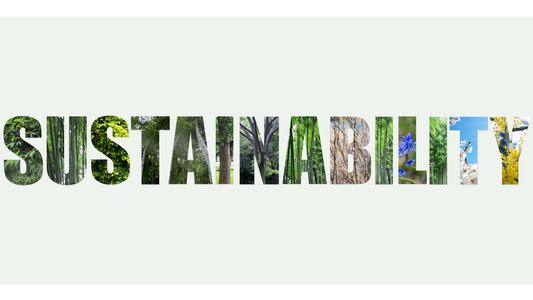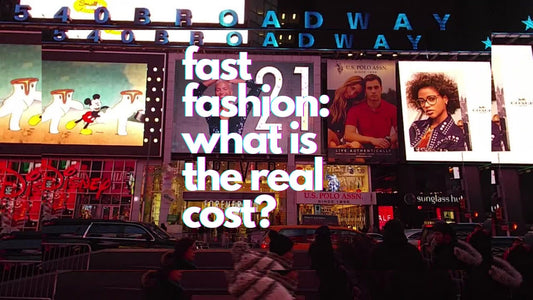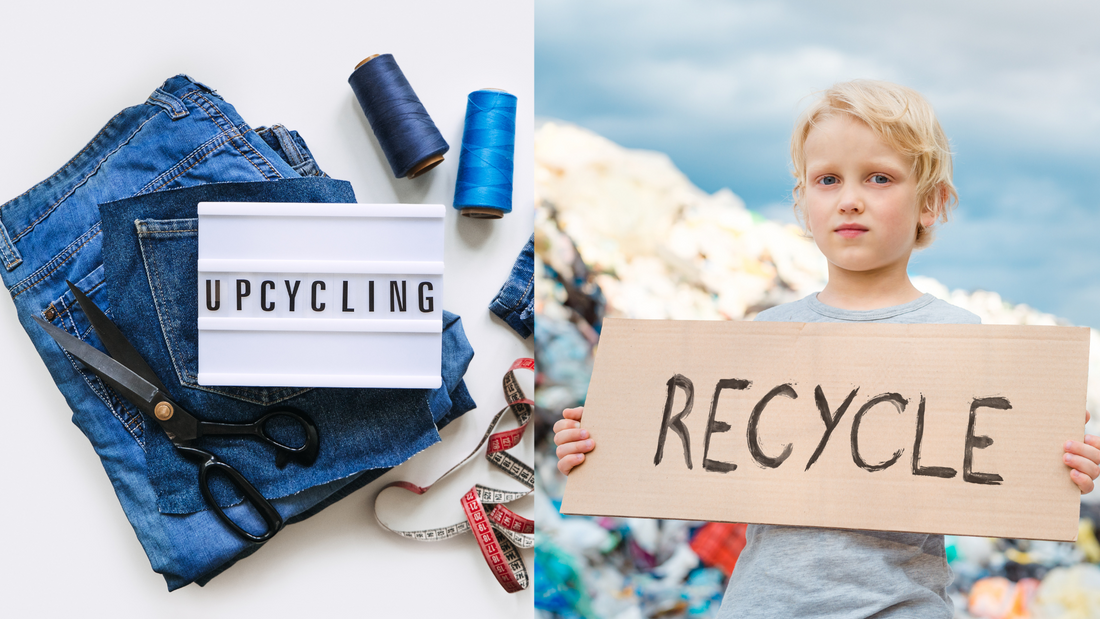
Upcycling vs recycling and Benefits of Upcycling
Everyone has heard of recycling, but have you heard of upcycling? The process of converting waste into a reusable material or product is known as recycling. It entails dismantling common household items such as paper, glass, and plastic and recombining the materials to create a lower-quality product. Plastic and paper, for example, lose some of their quality when recycled.
Upcycling, on the other hand, is a subset of recycling that transforms waste into a higher-quality material or product. If you want to upcycle, you don't have to send items to a recycling centre to be broken down. Instead, use your imagination to come up with new ways to repurpose or fashion items.
It may help to look at an example of each to understand the difference between traditional recycling and upcycling. Assume you get a letter in the mail, open it, and realise you don't need to keep it. Instead of throwing it away, place it in a recycling bin, and it will be taken to your local recycling centre and recycled into new paper. This is an instance of recycling.
An example of upcycling would be taking a stack of old newspapers and folding them to make a biodegradable flower pot. You take a simple material (newspapers) and turn it into something of higher quality (a flower pot). If you have a broken teapot lid and decide to use it to store all of your pens and pencils instead of throwing it away, this is an example of upcycling.

The environmental benefits of upcycling are enormous; aside from reducing the volume of discarded materials and waste sent to landfill each year, it also reduces the need for production using new or raw materials, which means less air pollution, less water pollution, less greenhouse gas emissions, and often more global resource conservation.
- Keeping materials out of landfills
Many brands and designers are making very cool things out of old things these days. Many items that were destined for the landfill have been reclaimed by some very inventive people.
- Use of natural resources to the greatest extent possible
Upcycling existing resources eliminates the need for new raw materials in the manufacturing process.
- Honouring artisanal work and old-world craftsmanship
Behind every upcycled product is a maker who believes in a level of craftsmanship that we don't see very often these days.
- Repair abilities
Repairing an item and giving it new life is a wonderful skill and feeling.
- Items that are one-of-a-kind
It's always nice to know that you have something completely unique, whether you upcycle things yourself or buy products from designers.
Whether you upcycle items yourself or buy them from other makers, you can always be certain that they are completely unique! Rather than following fashion trends, Upcycling allows the creation of items with unique designs and patterns.
Every upcycled item is unique and has a fascinating backstory, making it an excellent addition to your home and wardrobe!


